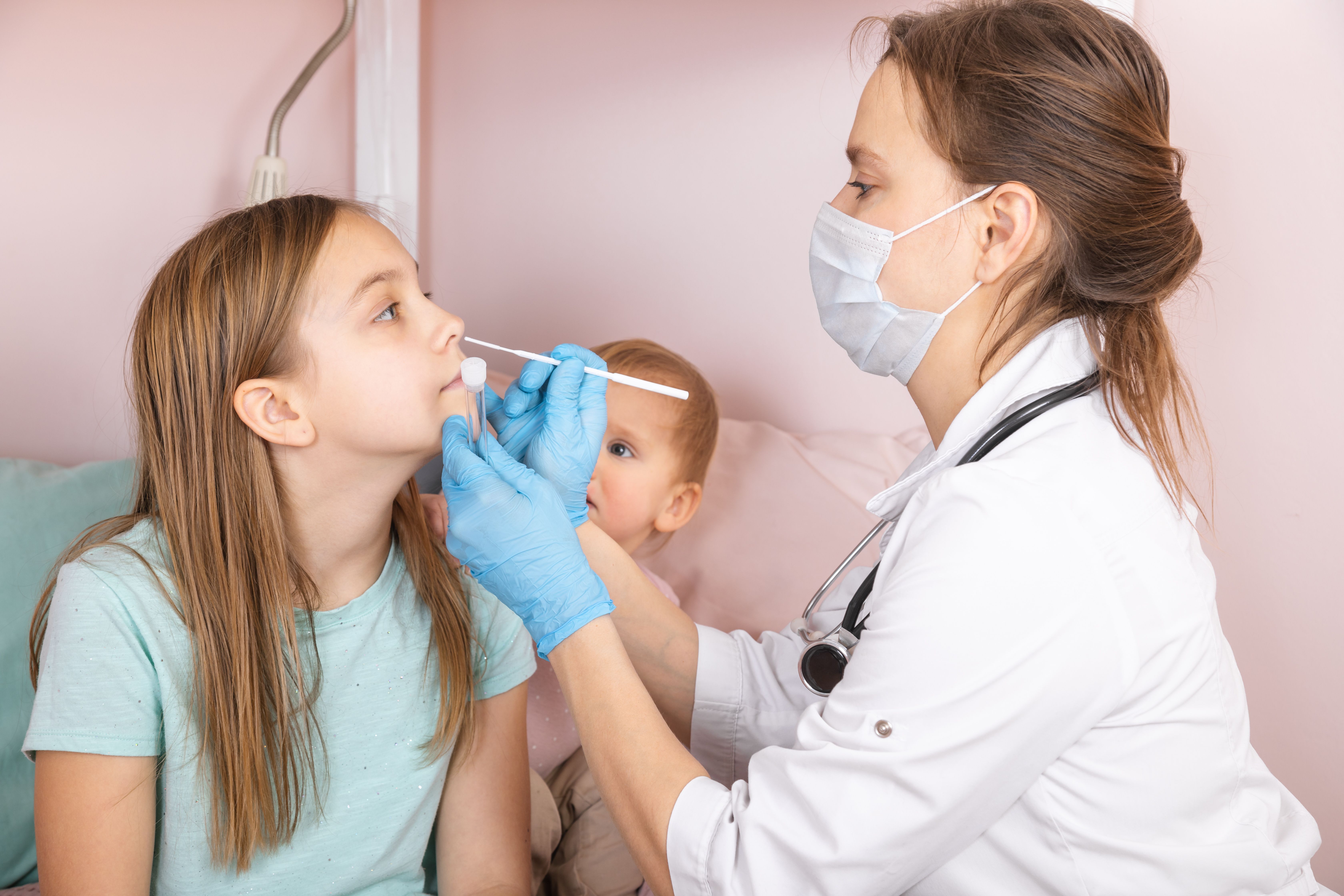Article
Shoe Soles Are a Major Cause of C difficile Transmission
Author(s):
Samples from 12 countries suggest shoe soles have a high positivity rate for Clostridium difficile, a strain primarily thought of as a hospital-associated infection.
New research presented at IDWeek 2021 found 26% of samples from both sites inside and outside health care tested positive for toxigenic Clostridium difficile strains. Shoe soles had the highest positivity rates with 45% of worldwide samples testing positive for C difficile, even though it is usually thought of as a hospital-associated infection.
The study is part of an ongoing effort by researchers at University of Houston to better understand the global prevalence of C difficile, and these findings show a first step towards more effective protection.
In this study, researchers collected samples from public areas, health care settings, and shoe soles at locations in the United States and 11 other countries between 2014 and 2017, comparing the rates of C difficile between settings. The researchers included shoe soles to learn more about their potential role in environmental transmission.
During an IDWeek 2021 press briefing, study authors Kevin Garey, PharmD, MS, and Jinhee Jo, PharmD, both from the University of Houston, further explained the importance of understanding the transmission of C difficile.
When asked what these findings mean for the community presence of other health care-associated infections, Jo answered that other infections thought to only be prevalent in health care settings may have high prevalence in other environments as well.
“It’s because C difficile has been recognized as a health care-associated infection and we are now seeing a high prevalence of spores in the environment,” she said. “So perhaps it can be applied to other high hospital-associated infections as well.”
Garey agreed, adding that the bottoms of shoes can carry other infectious organisms, such as methicillin-resistant Staphylococcus aureus (MRSA) and vancomycin-resistant enterococci (VRE).
“The antimicrobial resistance portion of that is heavily dependent on lots of antibiotics being used in that environment,” he said. “So many times, when you leave that hospital environment where there is such intense antibiotic use, your shoes hit non-antimicrobial resistant organisms… and it kind of washes away the AMR organism.”
To help prevent the spread of the infection, both authors said simply washing your hands and taking off your shoes in your home can drastically help.
“A common question is, how do you go from the bottom of your shoe, to your hand, to [your mouth]?” Garey said in response to why they studied the bottoms of shoes, adding that these data also pertain to people who use wheelchairs, as bacteria transmission from the floor to their body is more direct.
“There’s a great study by Curtis Donskey that shows that the wheels of a wheelchair can be a vector for C diff spores. So getting from the floor and your shoes, up to your hands, into your mouth is probably not that hard,” he said. “I think it could be considered a vector, but the trick with this is a lot of vectors that we have to think about, so maybe it's more about the host who is at risk for C diff infection, and really concentrate on that aspect of it.”
In the United States, C difficile is responsible for nearly half a million infections and 15,000 deaths per year, and its presence in community settings has been largely overlooked until now.




